 Thank You!
Thank You!
Your votes and comments encourage our guide authors to continue
creating helpful guides for the League of Legends community.
Runes: Standard - PTA








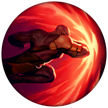



+10% Attack Speed
+9 Adaptive (5.4 AD or 9 AP)
+6 Armor
Spells:


Flash

Heal
Items
Threats & Synergies
 Threats
Threats
 Synergies
Synergies
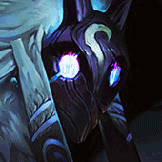 Show All
Show All
 Extreme Threats
Extreme Threats

 Ideal Synergies
Ideal Synergies


Caitlyn
dodge




Taric
This is Kindred's ideal support if you and the Taric have an understanding of the timing required after each ultimate. Essentially when your ult ends, his begins.

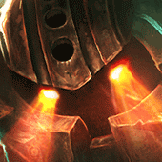
 Synergies
Synergies

Taric
This is Kindred's ideal support if you and the Taric have an understanding of the timing required after each ultimate. Essentially when your ult ends, his begins.


Champion Build Guide
One of the big issues regarding ADCs themselves is their own survivability and how if played incorrectly, it can lead to them being obliterated and one shot. Kindred offers a counter to typical assassins that are conditioned to perma-diving the AD Carry with her ultimate and mobility. If used correctly, your ultimate will prevent any assassination attempt in teamfights or if you are caught out, and can, in some cases, give you a chance to assassinate the assassin.
When I speak to people about Kindred ADC, the most frequent criticism I hear is that she has low range. She has a lower range than a fair amount of ADCs, but her range is not as short as most people make it out to be, an ontop of this, if you play her correctly and well, you will be utalizing your passive to increase your range, which helps soldiify her as a 1v9 hypercarry in the late game.








 4,832
4,832
 0
0














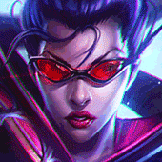





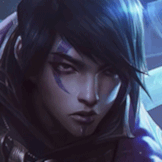



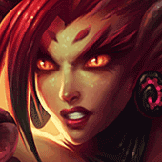
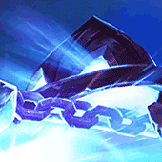
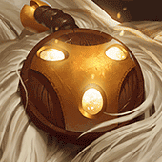
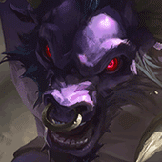





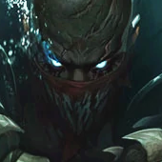
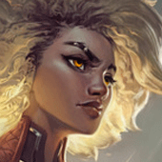











You must be logged in to comment. Please login or register.